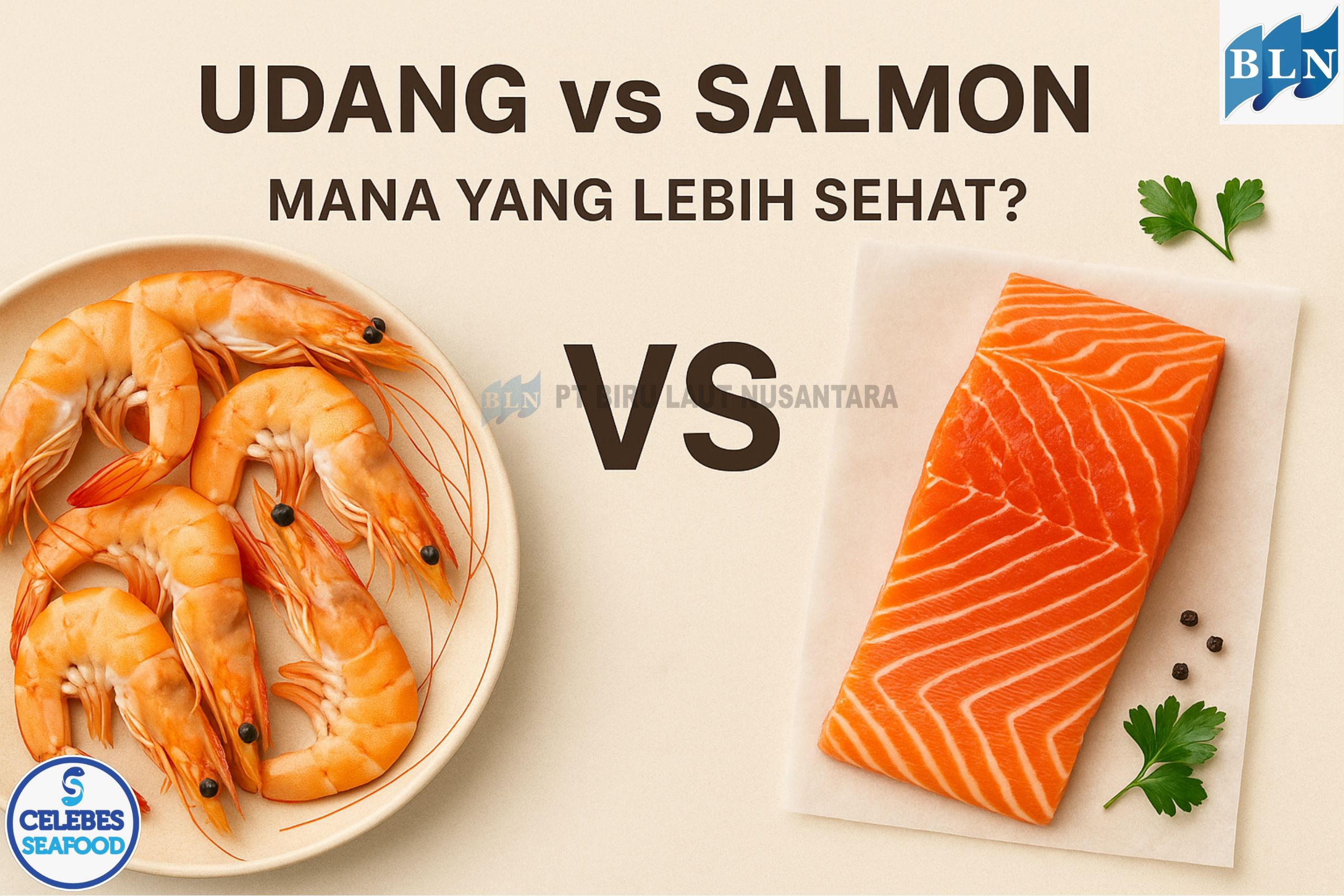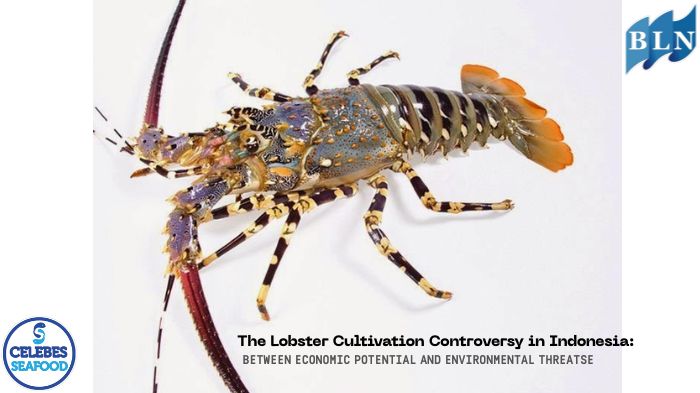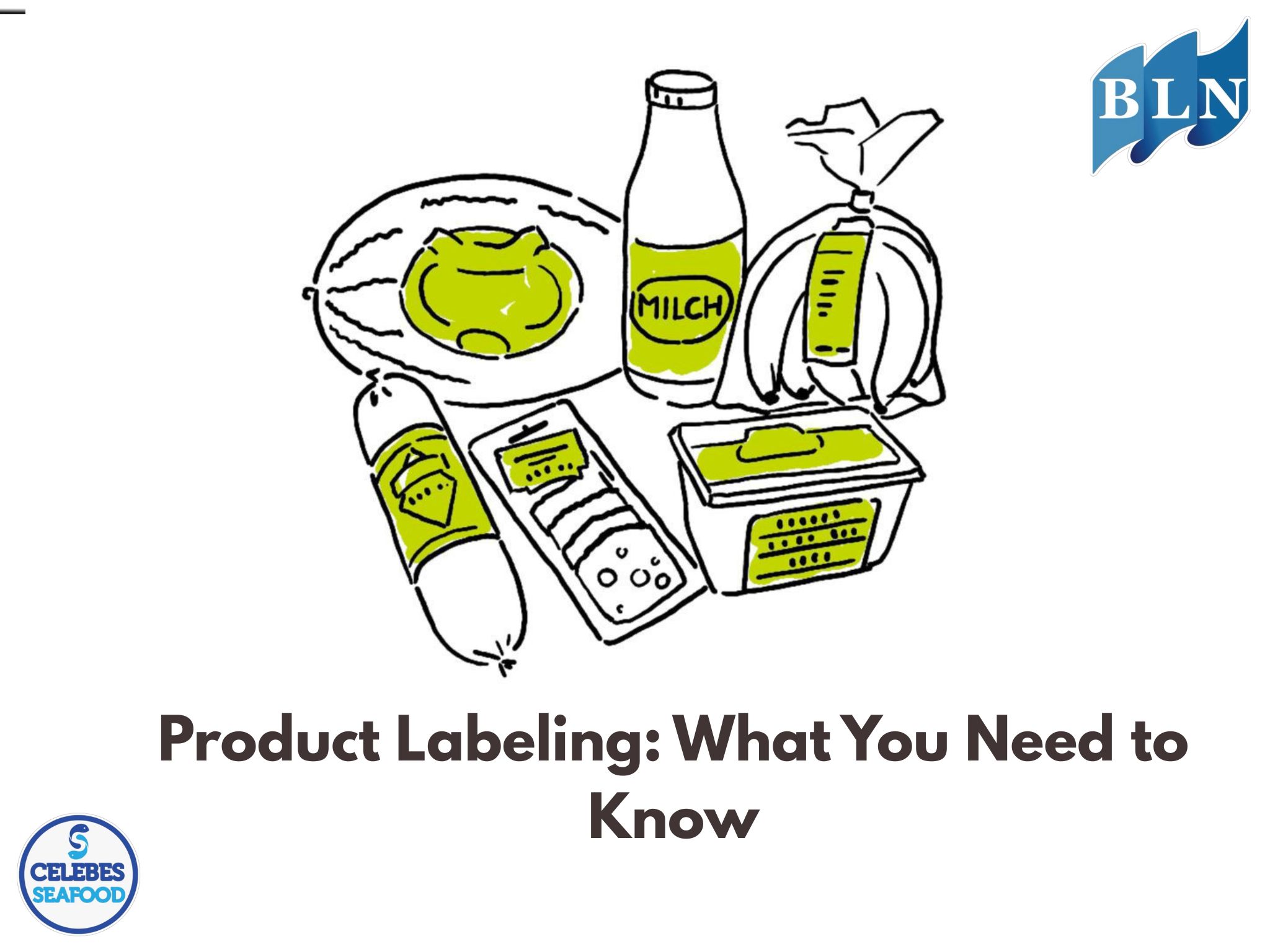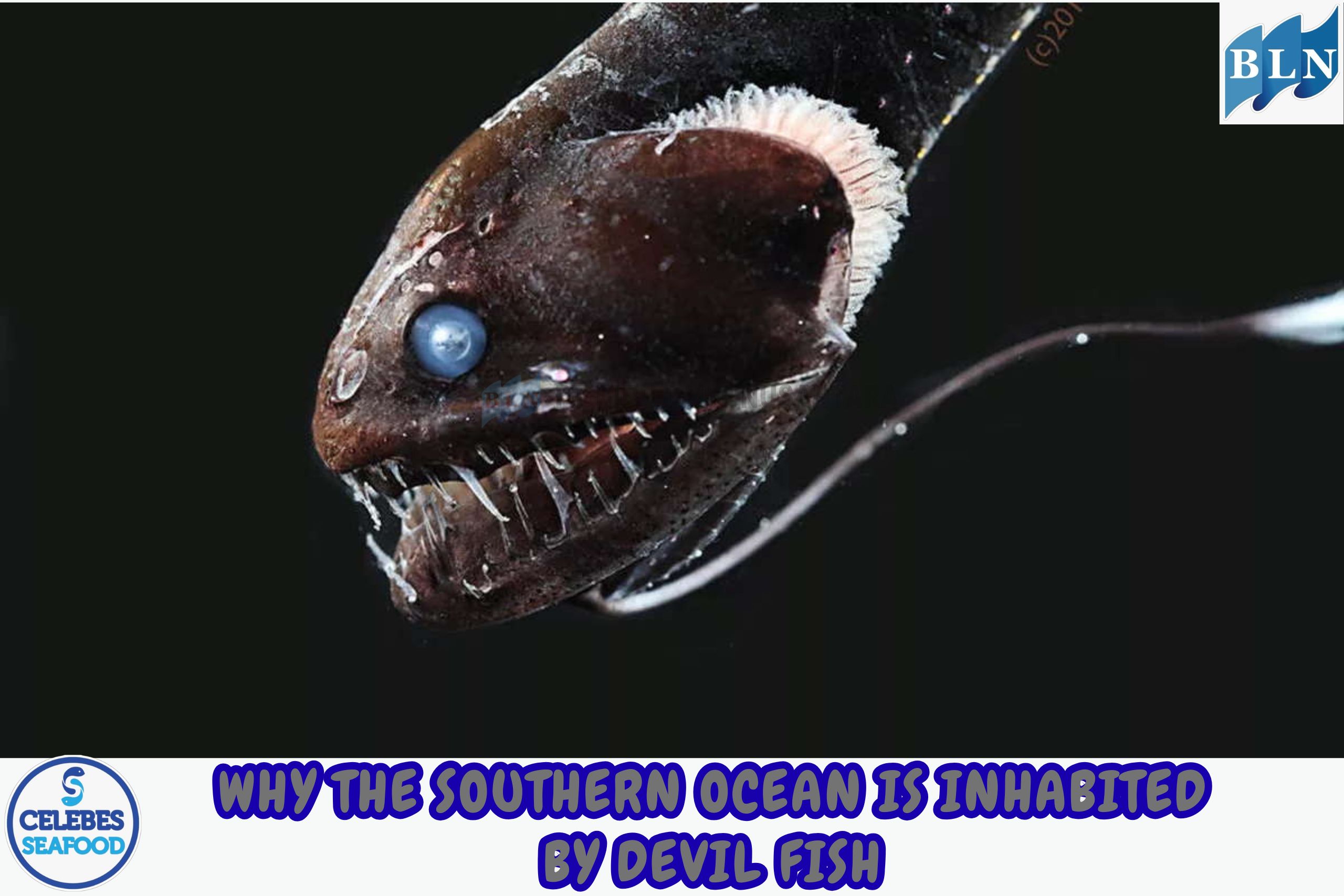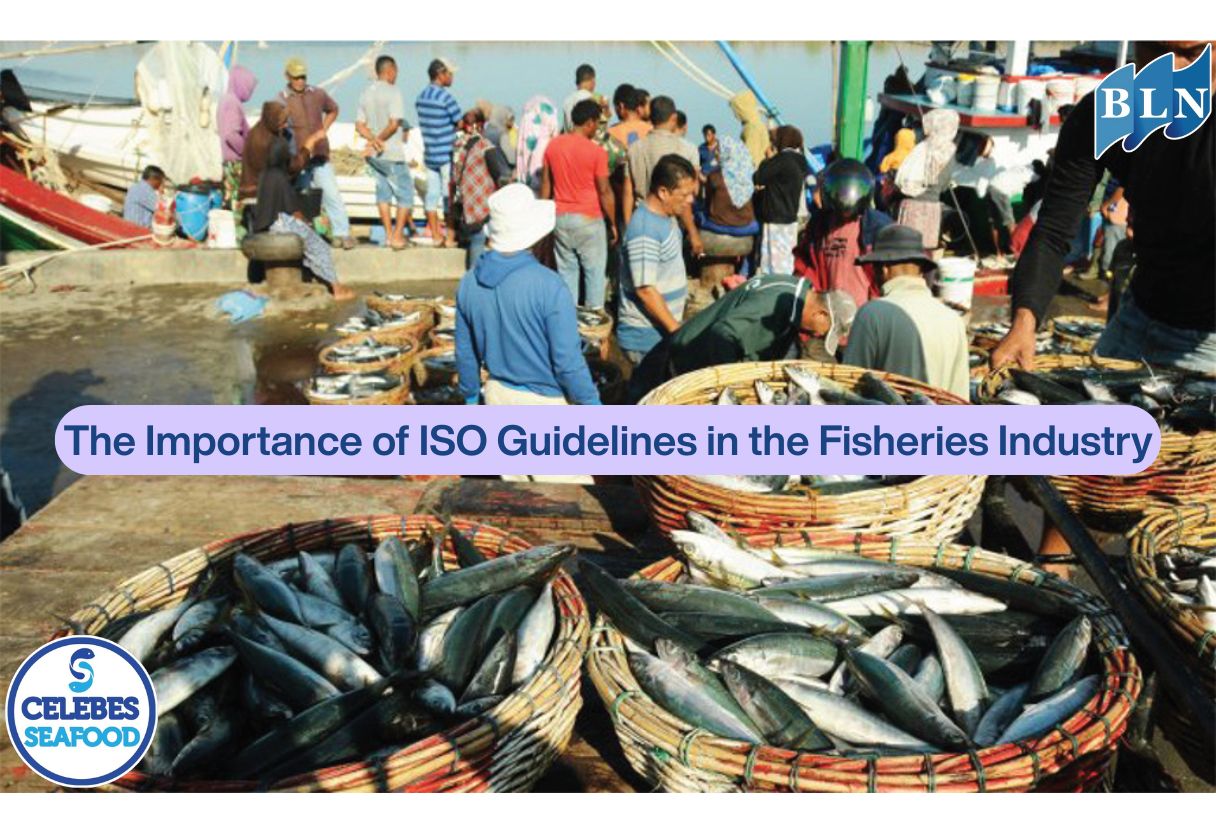Quality Deterioration of Fish and Principles of Processing Technology
By. Azizah - 11 Jun 2025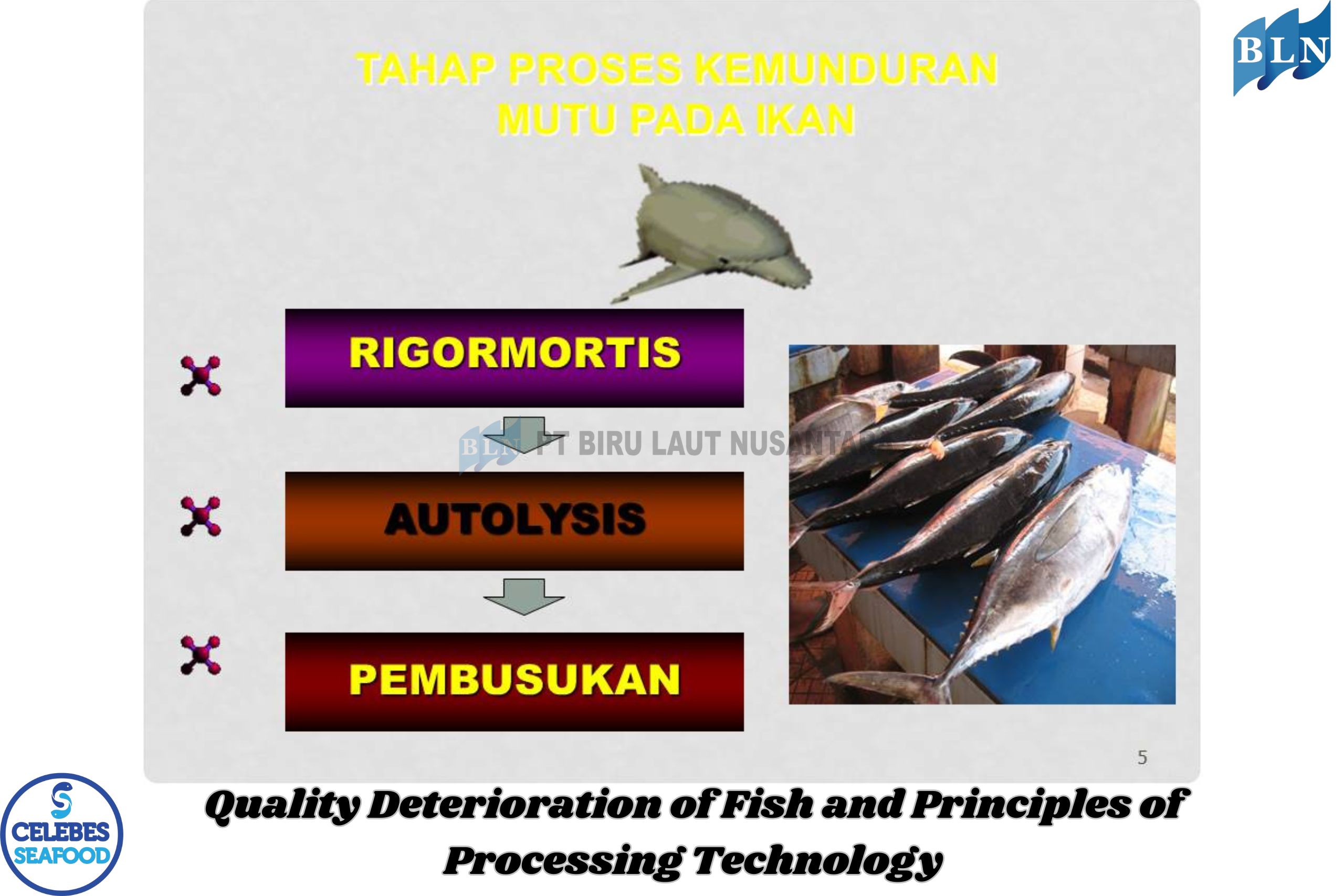
lautnusantara.comFish is a highly perishable food commodity. Quality deterioration occurs rapidly after harvest due to autolysis, microbial activity, and lipid oxidation. Therefore, understanding the mechanisms of quality loss and applying appropriate processing technologies are essential to maintain product safety and nutritional value. This article reviews the main causes of fish quality deterioration and outlines the fundamental principles of fish processing technology used to extend shelf life and increase product value.
Introduction
Fish is a rich source of animal protein but is prone to spoilage due to its high moisture and nutrient content. After death, fish undergoes biochemical and microbiological changes that result in physical, chemical, and sensory quality deterioration. Without proper handling and processing, fish can become unfit for consumption within hours—especially in tropical climates. Thus, fish processing technology plays a critical role in maintaining freshness and extending usability.
Factors Causing Fish Quality Deterioration
1. Autolysis
Autolysis is the breakdown of fish tissue by endogenous enzymes that remain active after death. Proteases break down muscle proteins, leading to soft, mushy textures and water release.
2. Microbial Activity
Spoilage bacteria such as Pseudomonas, Shewanella, and Photobacterium grow rapidly on fish flesh, producing foul-smelling compounds like ammonia and trimethylamine (TMA). High storage temperatures accelerate bacterial growth.
3. Lipid Oxidation
Marine fish contain high levels of polyunsaturated fatty acids which are easily oxidized, resulting in rancid odor and reduced nutritional quality.
4. Physical and Sensory Changes
Color, odor, flavor, and texture changes are key indicators of spoilage. These can be detected through sensory evaluation or instrumental analysis.
Principles of Fish Processing Technology
1. Chilling and Freezing
-
Chilling (0–4°C) slows down microbial and enzymatic activity.
-
Freezing (-18°C or lower) halts most spoilage processes.
Both methods are fundamental to the cold chain in fisheries.
2. Drying and Smoking
-
These techniques reduce water content to inhibit microbial growth.
-
Smoking adds antimicrobial compounds and enhances flavor.
Examples: salted fish, smoked fish.
3. Cooking and Sterilization
-
Includes boiling, steaming, and canning.
-
Aims to kill pathogenic microbes and extend shelf life.
Canning requires high-temperature sterilization (121°C).
4. Use of Additives
-
Salt, acetic acid, nitrites, and antioxidants are used to delay microbial growth and lipid oxidation.
-
Usage must comply with food safety regulations.
5. Fermentation
-
Utilizes beneficial microbes like Lactobacillus to create fermented products (e.g., shrimp paste, fish pickles).
-
Enhances shelf life and traditional flavor profiles.
Implications for Food Safety and Economic Value
Fish that spoils rapidly can cause major economic losses and pose health risks to consumers. Applying proper processing technology is crucial not only to preserve quality but also to create value-added products like fish nuggets, floss, or canned fish for local and export markets.
